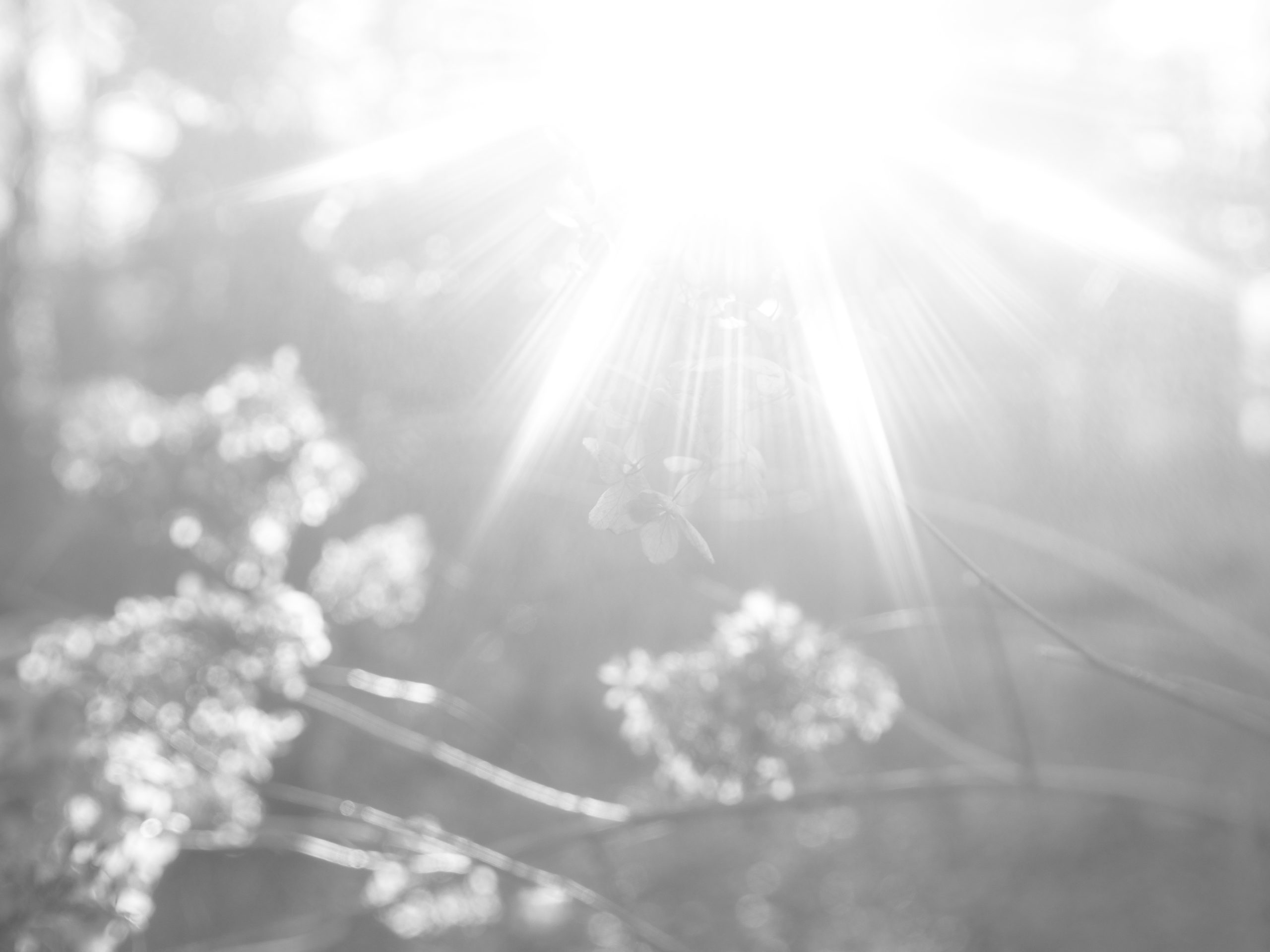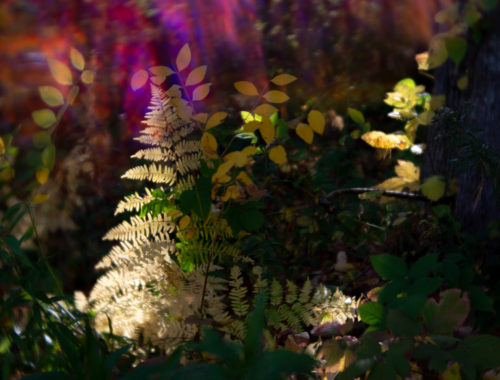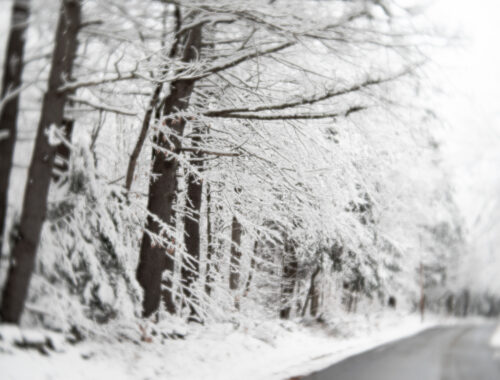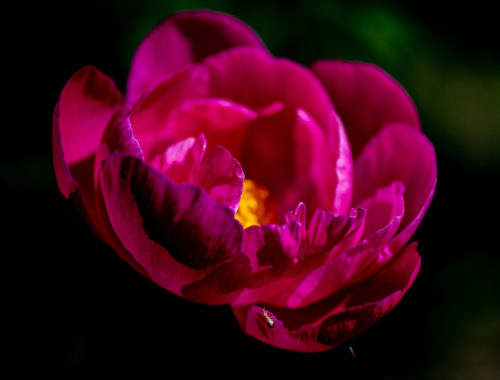
The Emptiness of the World
Alone on the island. It certainly feels that way. Yes, that is the nature of humanity, in which we are each alone in our own bodies, experiencing the world through our individual senses. “It is ironic that the one thing that all religions recognize as separating us from our creator—our very self-consciousness—is also the one thing that divides us from our fellow creatures,” writes Annie Dillard in Pilgrim at Tinker Creek.
I thought I had wised up to the ways of others, fully preparing myself for disappointment when it becomes unequivocally evident that others STILL don’t get it (and apparently, never will). What did I write in an email to Gary last week? Oh yes, this: “Now, more than ever, I can see how lopsided and incomplete a life without the humanities actually is.”
Lopsided lives: none of us can pay attention to everything, so we make tradeoffs, focusing on what interests us. At least, that’s the way it should work, but when you get right down to it, it seldom does work that way. For far too many of us, the subjects of focus amount to whatever happens to fall into our laps whenever we have a few moments not consumed by work or responsibilities of some sort. That, of course, should lead to a most important question (which, unfortunately, almost never seems to get asked): Who, exactly, is driving the content of those distractions?
“Catching the void—seeing the event that is unseen, that is cloaked in its very ordinariness—is what War and Peace is all about. For we do not see the fullness of the world until we see its emptiness.” —Gary Saul Morson, Hidden in Plain View: Narrative and Creative Potential in ‘War and Peace’
What are we not seeing, and why? Are we truly looking, or do we prefer the comfort of the void, where pleasure and safety are served like a meal delivered to the table? Again, do we know who prepared the food, what they put in it, and—most importantly—what consequences it will have on our health?



